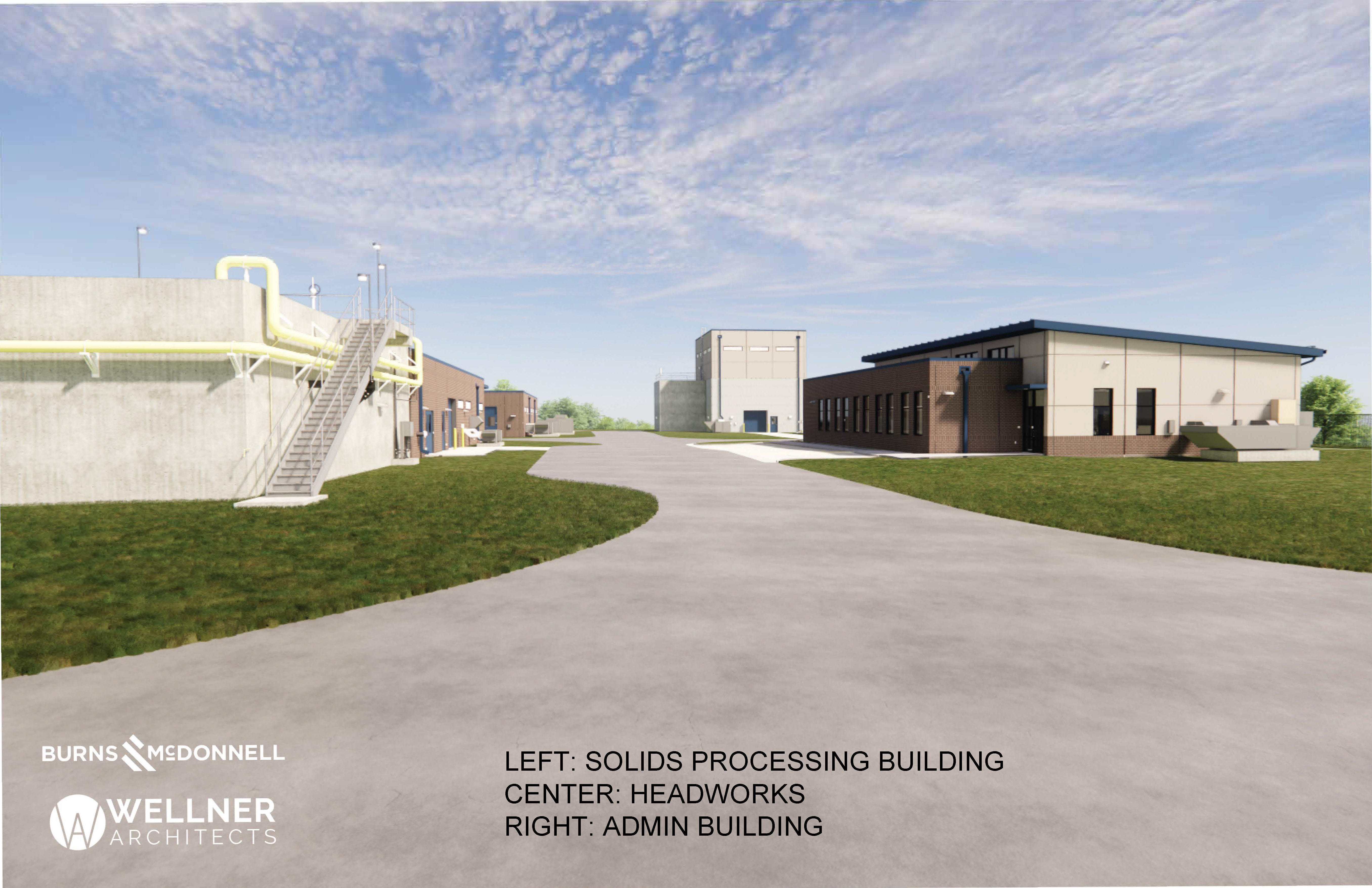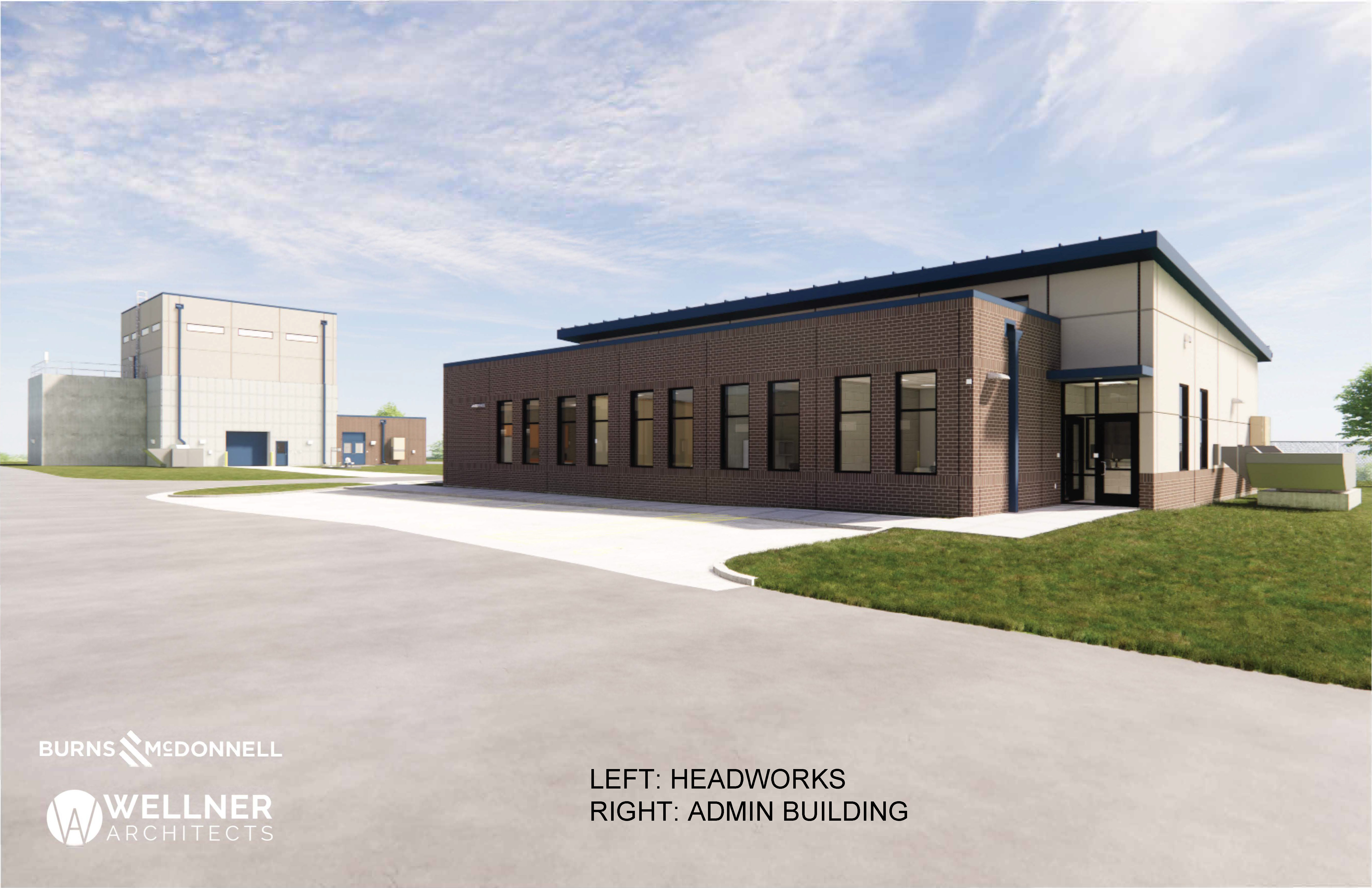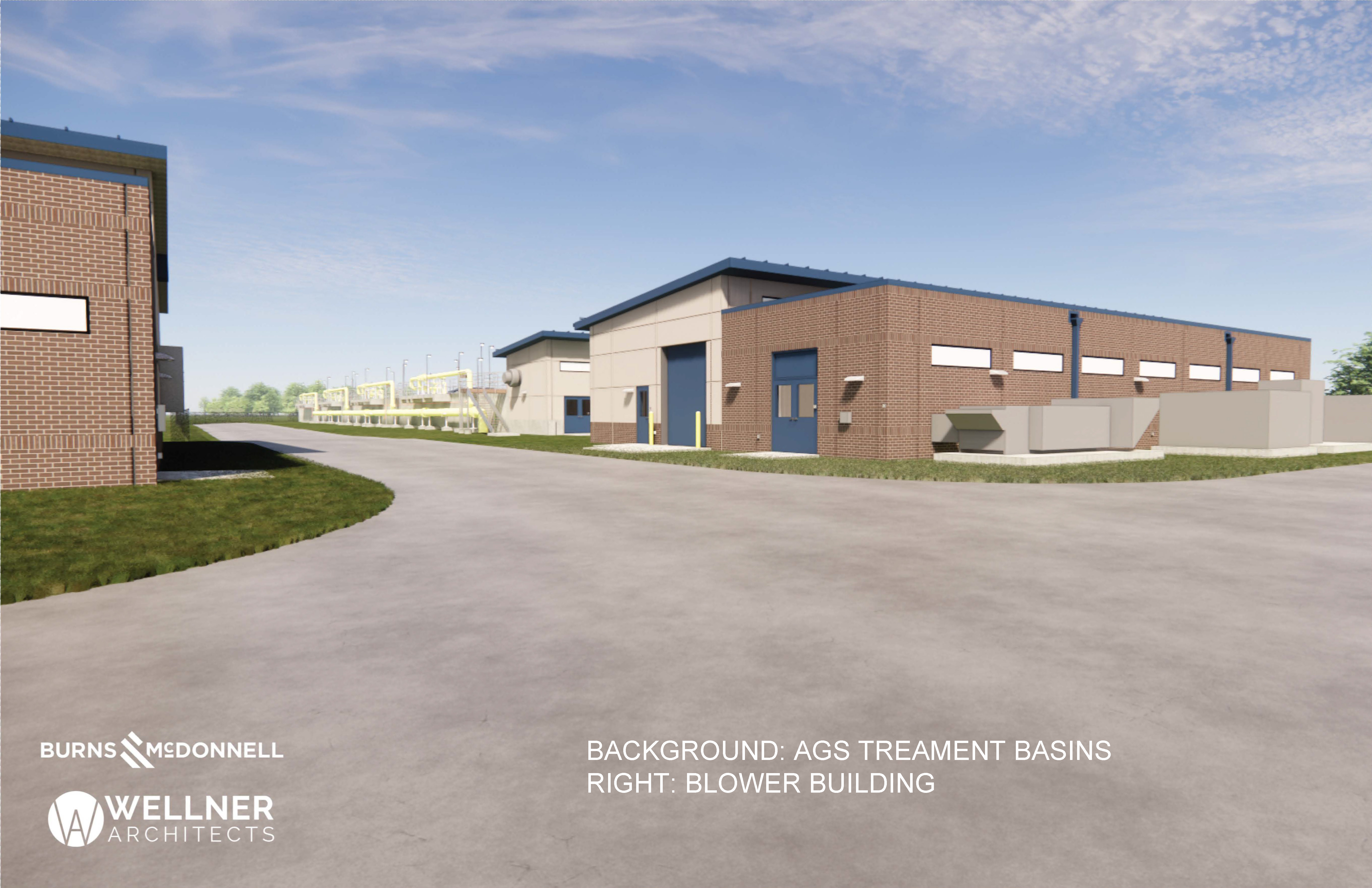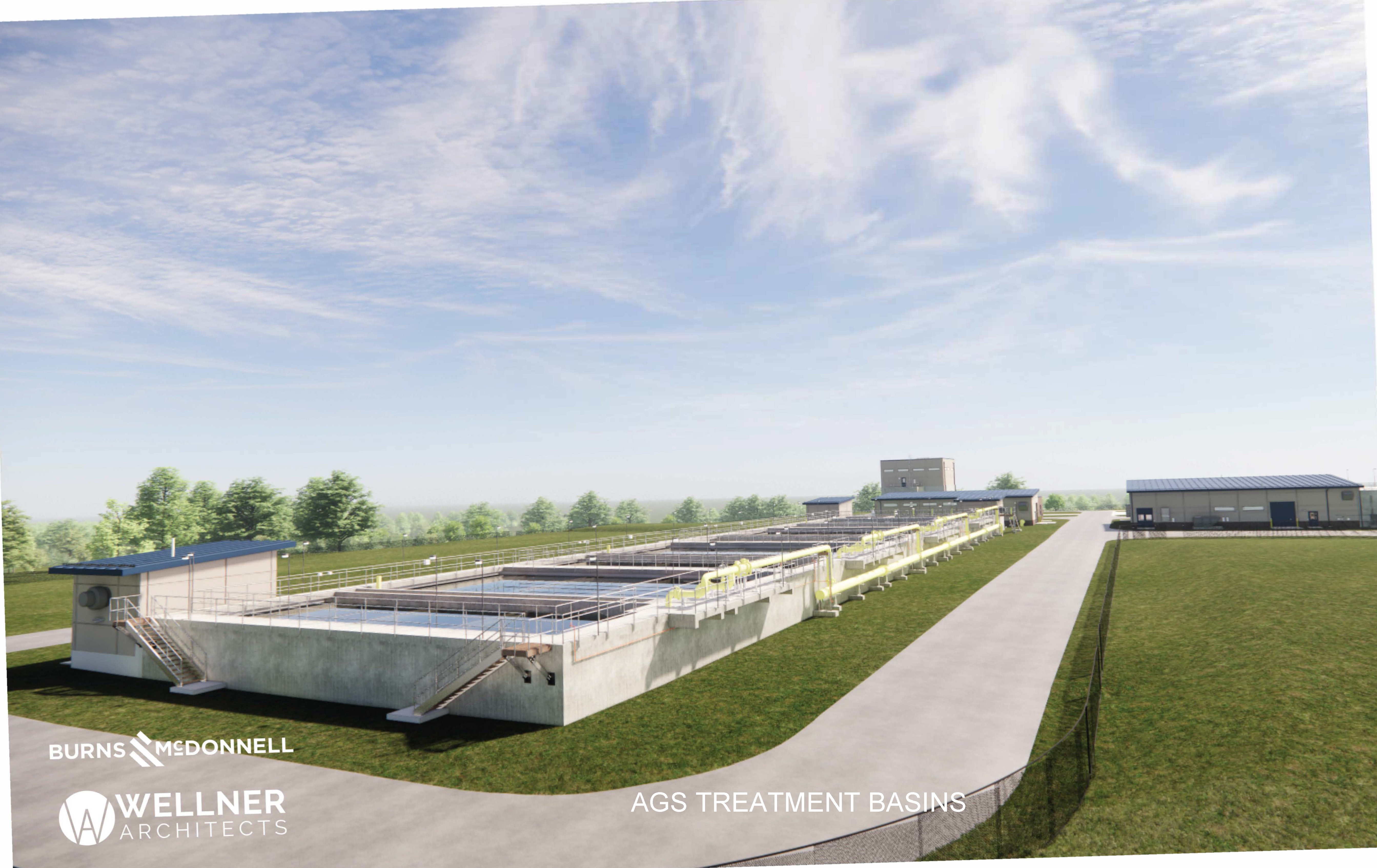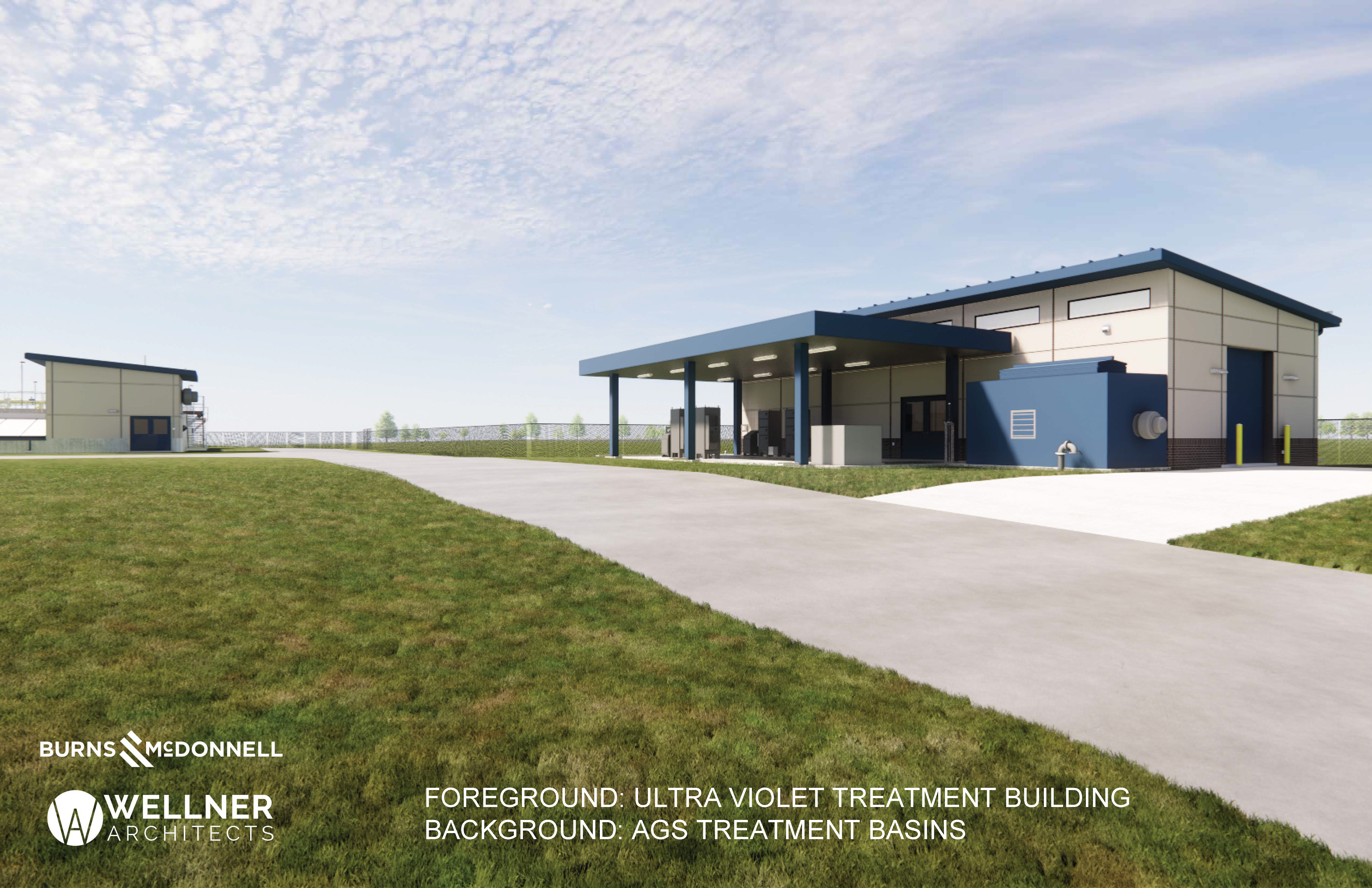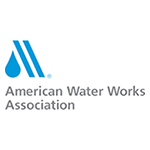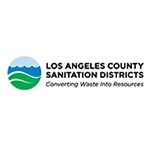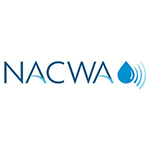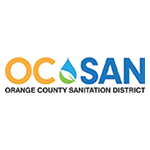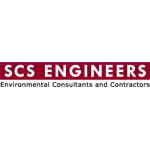- Home
- Contact Us
- AAEES Staff
- AAEES Board of Trustees
- American Academy of Environmental Engineers Certification Board
- American Academy of Environmental Scientists Certification Board
- AAEES Committees
- State and Regional Representatives
- Representatives to Other Organizations
- Previous Leadership
- Interactive Who's Who
- Student Chapters
- Tau Chi Alpha
- News & Events
- Awards
- AAEES Awards Criteria
- 40 Under 40 Recognition Program
- Edward J.Cleary Award
- Excellence in Environmental Engineering and Science Education
- Gordon Maskew Fair Award
- Honorary Member
- International Honorary Member
- Ralph and Joe Bales Graber Science Award
- Stanley E. Kappe Award
- Environmental Communications Awards Competition
- Excellence in Environmental Engineering and Science Competition
- The AAEES Chapter Blue Marble Award
- Publications
- Join
- Members
- Program Support
- Jobs
2024 Excellence in Environmental Engineering and Science™ Awards Competition Winner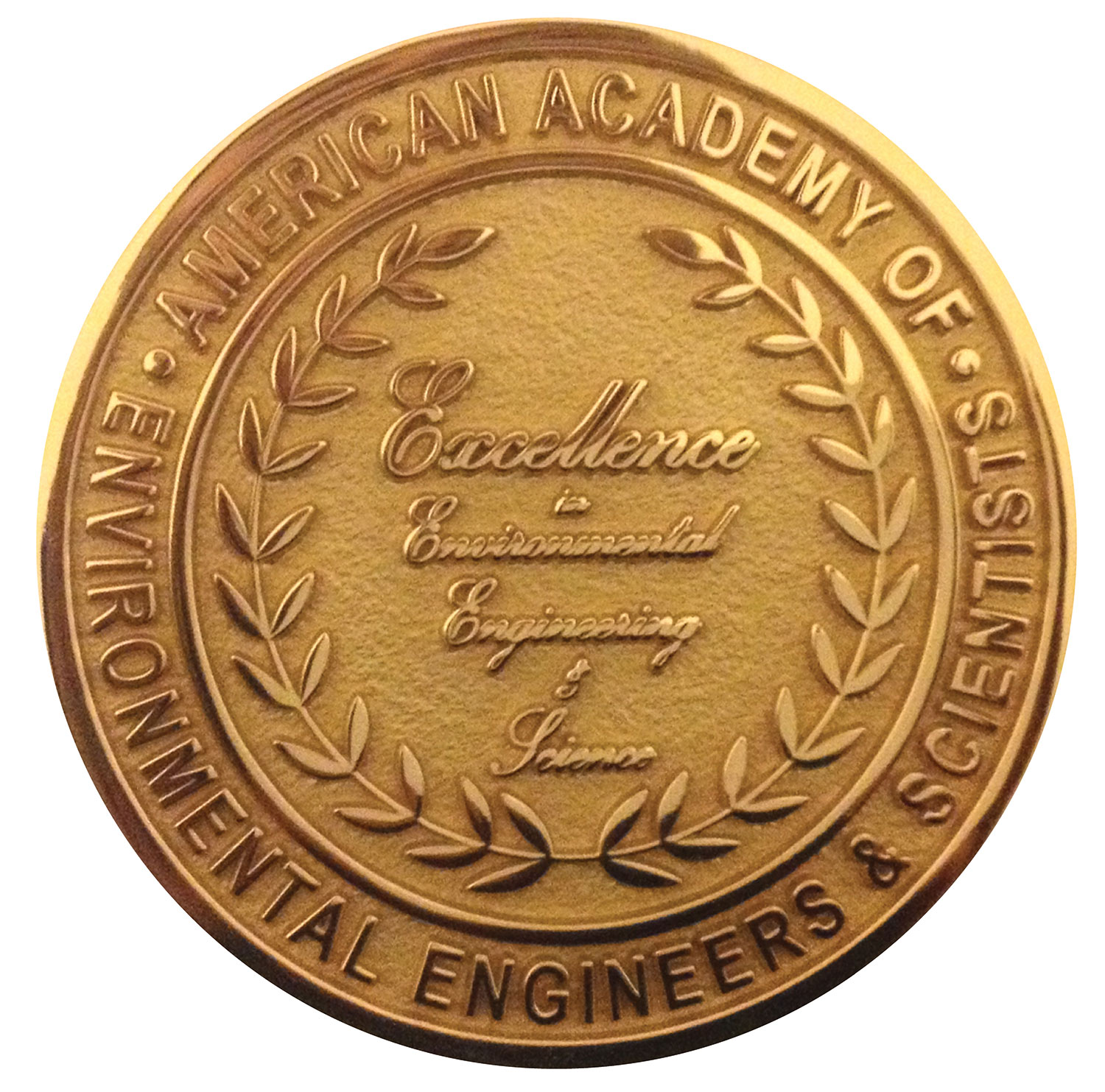
Honor Award - DesignTodd Creek Wastewater Treatment Plant ProjectEntrant: The City of Kansas City, Missouri, and Burns & McDonnell Entrant Profile Burns & McDonnell Engineering, Inc. was the lead design firm on this project and our team led the wastewater treatment process design. Jeff Keller of Burns & McDonnell served as the Project Manager and Paul Ward, also of Burns & McDonnell, was the Design Manager. Additional subcontractors contributing to the design of the project were DuBois Consultants, Custom Engineering and Wellner Architects. Cervante Sudduth and Dave Silverstein of DuBois Consultants led the structural and civil engineering portions of design. Craig Brewster of Custom Engineering was lead on the mechanical, HVAC and electrical aspects of the design. All architecture was led by Jason Barker with Wellner Architects. Project DescriptionThe Todd Creek Wastewater Treatment Plant is being designed to meet new environmental requirements and watershed growth demands and will replace an existing plant that’s nearing the end of its useful life. The new plant will have the ability to treat 4.6 million gallons/day of wastewater and is specifically designed to minimize air, water and land environmental impacts. Through collaboration and cross-functional teamwork, the design team was able to develop the project in a way that reduces land use, reduces energy and chemical consumption (versus traditional approaches), and will produce a cleaner, more environmentally friendly effluent using new technologies. Drivers for this $96M project were ageing infrastructure, support of economic development and growth in the watershed and the need to meet more stringent water quality requirements. The project team hosted several design workshops with the owner and operations staff to meet both the overall project needs and the wants/needs of the operators. Through this collaborative approach, the owner was able to simplify operations, minimize the number of operators needed, streamline the on-going maintenance needed to run the plant efficiently and meet the future capacity, performance and reliability needed to support economic development in the area. Utilizing an innovative new granular activated sludge treatment process, this plant will be one of the first of its kind to operate in the US, and the first ever in the state of Missouri. This innovative biological treatment process uses fewer chemicals and less energy, and has a smaller physical footprint, all of which results in fewer impacts to the environment around the plant—air, land and water. Numerous challenges had to be addressed throughout the duration of the project—strict water quality requirements, seasonal surges in deicing fluid received from the nearby airport, a global pandemic and high turnover at regulatory agencies to name a few. Additionally, geotechnical work at the new site location uncovered significant challenges with soil quality and foundation design needs, further informing the design. Through a series of charretes, the design team worked through these complexities, designing a plant to beter serve the community and environment for years to come. This project is key to supporting future economic development in an area that’s experiencing significant commercial, residential and industrial growth. The project site is arranged to support future doubling and tripling of treatment capacity needs as development within the watershed continues. By improving the effluent water quality, the project will create more opportunities for outdoor recreation and parks in the community, further supporting the booming development. The effluent of the existing plant discharges into Todd Creek, currently classified as an impaired stream on the State of Missouri’s impaired waters list for low levels of dissolved oxygen. The effluent from the new plant will be significantly beter than what the current plant can produce and will help to improve overall stream quality. In addition to designing the new plant, the design team has provided the owner with guidance on how to decommission the existing plant once the new one is complete, further improving environmental conditions in the area. The current facility is in a flood plain. Atier a projected 34-months of construction, the existing plant will be decommissioned, and the plant structures and obstructions will be removed, restoring the site to its natural state and reducing the risk of future flooding as a result. Click images to enlarge in separate window.
Click here to return to the list of 2024 winners. |

